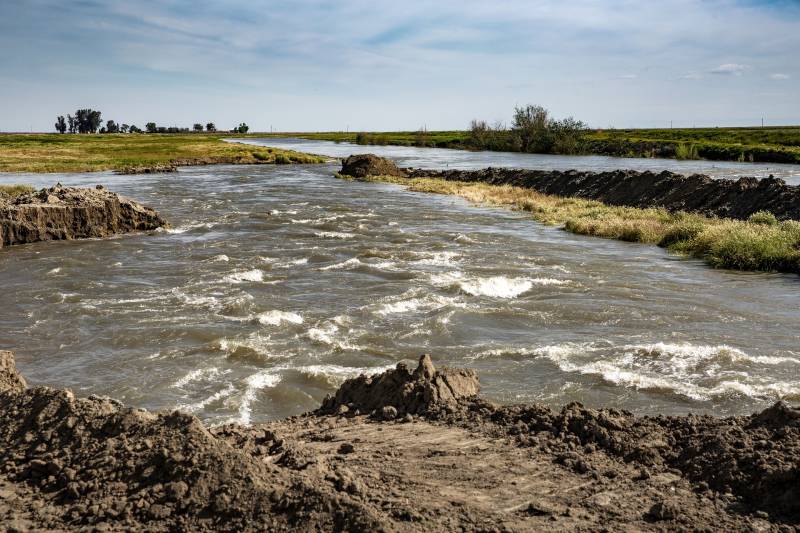The big melt is upon us.
Weather forecasters and climate scientists expect an early season heat wave by midweek across California that will likely cause flooding as snow melts, especially along rivers in the southern Sierra Nevada, where there is still a record amount of snow layered on the mountain range, said UCLA climate scientist Daniel Swain.
“It is looking like this week is going to be an exclamation point on this melting process,” he said.
Swain said the heat could bring further disruptive flooding in the Tulare Lake basin, where an inland lake has appeared, drowning farmland and threatening cities.
